"This clearing burned down to the ground last year", my friend told me as we walked our way to his black trumpet patch. As we waded through the clearing, I started noticing some new plants I'd never seen. Long, serrated, light-weight leaves.
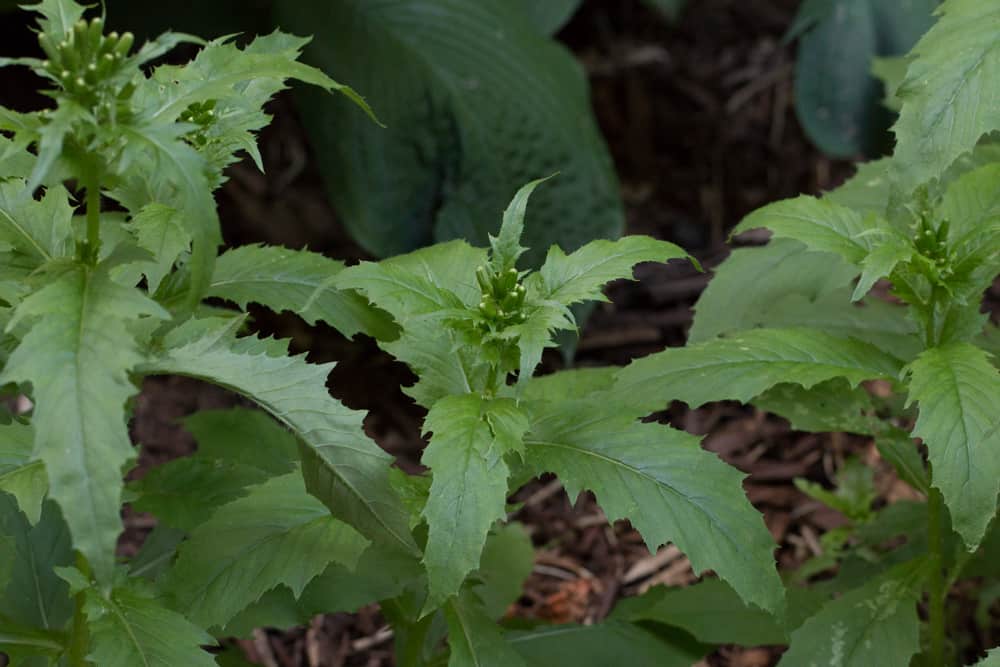
They were tall and some of them were beginning to make many small flower heads. I could see the flower buds put them in the aster or daisy family, but beyond that, I needed help.
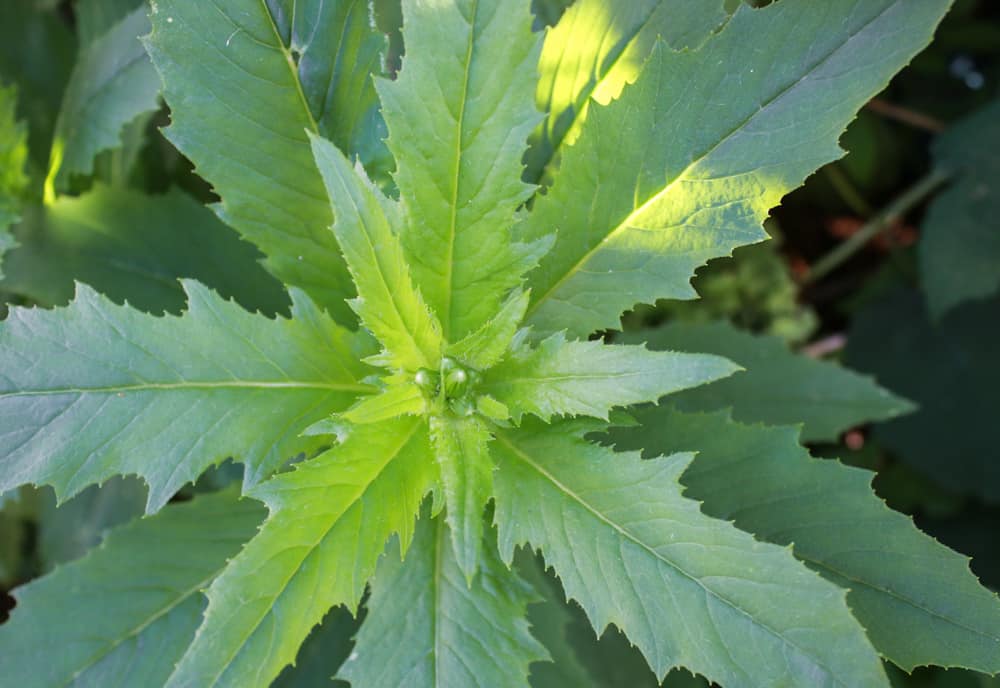
I grabbed a few new leaves and identified it as Erichtites hieraciifolius. Technically edible, some people might describe the smell of the leaves when crushed as unpleasant. It's definitely strong, but in the right place it can be nice.
Description
Erechtities hericiifolius is a relatively harmless, weedy plant native to North America. Like others in the family, the plant grows well in disturbed habitats like gardens, as well as meadows, clearings, and open fields.
As the name suggests, it also loves burned areas and is a "pioneer species" that will quickly spread after a burn, similar to blueberries.
Besides e. hericiifolius, there's also E. hieracifolius var. megalocarpus. This is a restricted endemic plant found on sandy beaches and salt marshes around Massachusetts and New Jersey.
Identification
The plant grows quickly and can reach a height of 8-10 feet tall in ideal conditions and full sun. As it likes open areas, it can compete with blueberries and strawberries, the former of which also grow well in burned places. Here's a few simple ID characteristics.
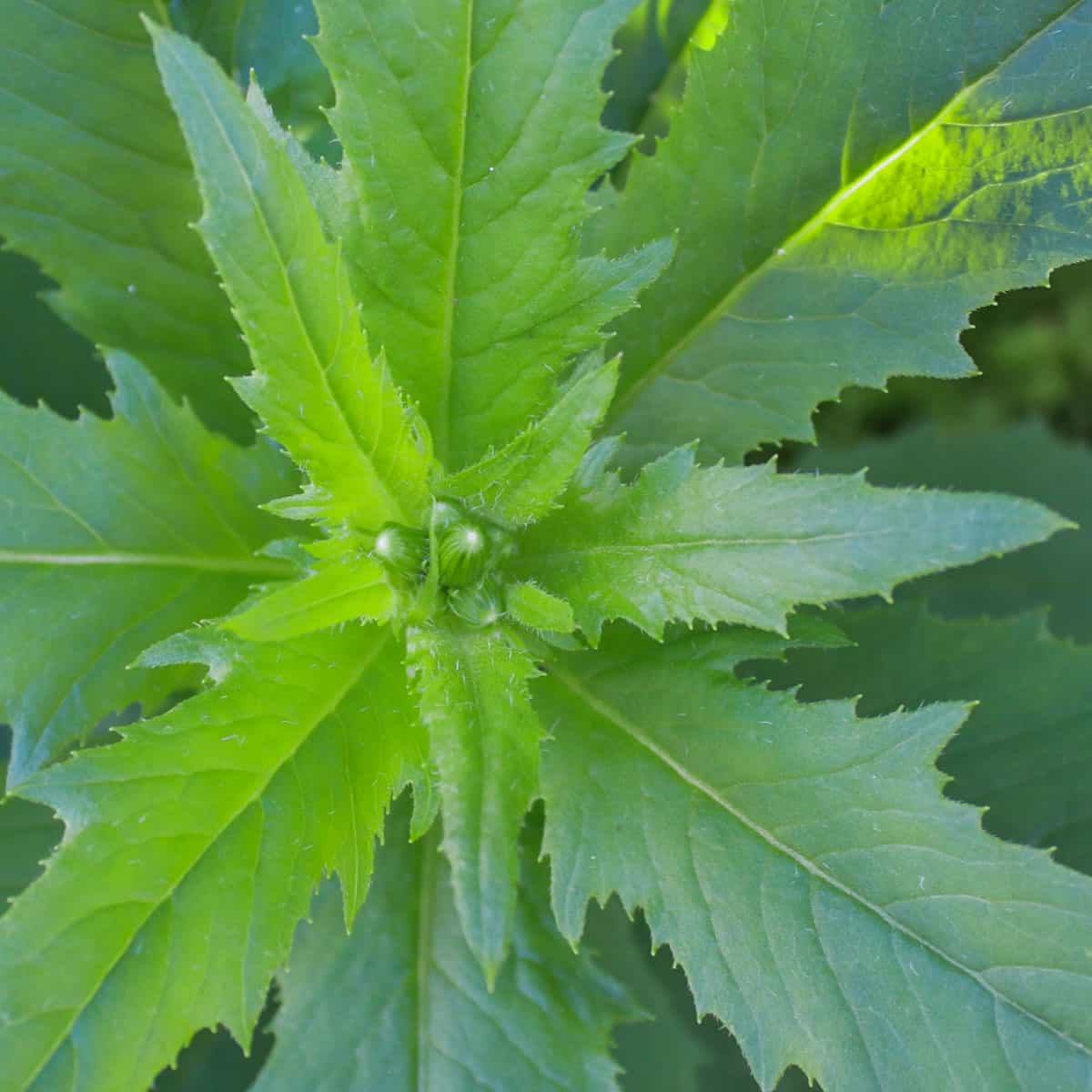
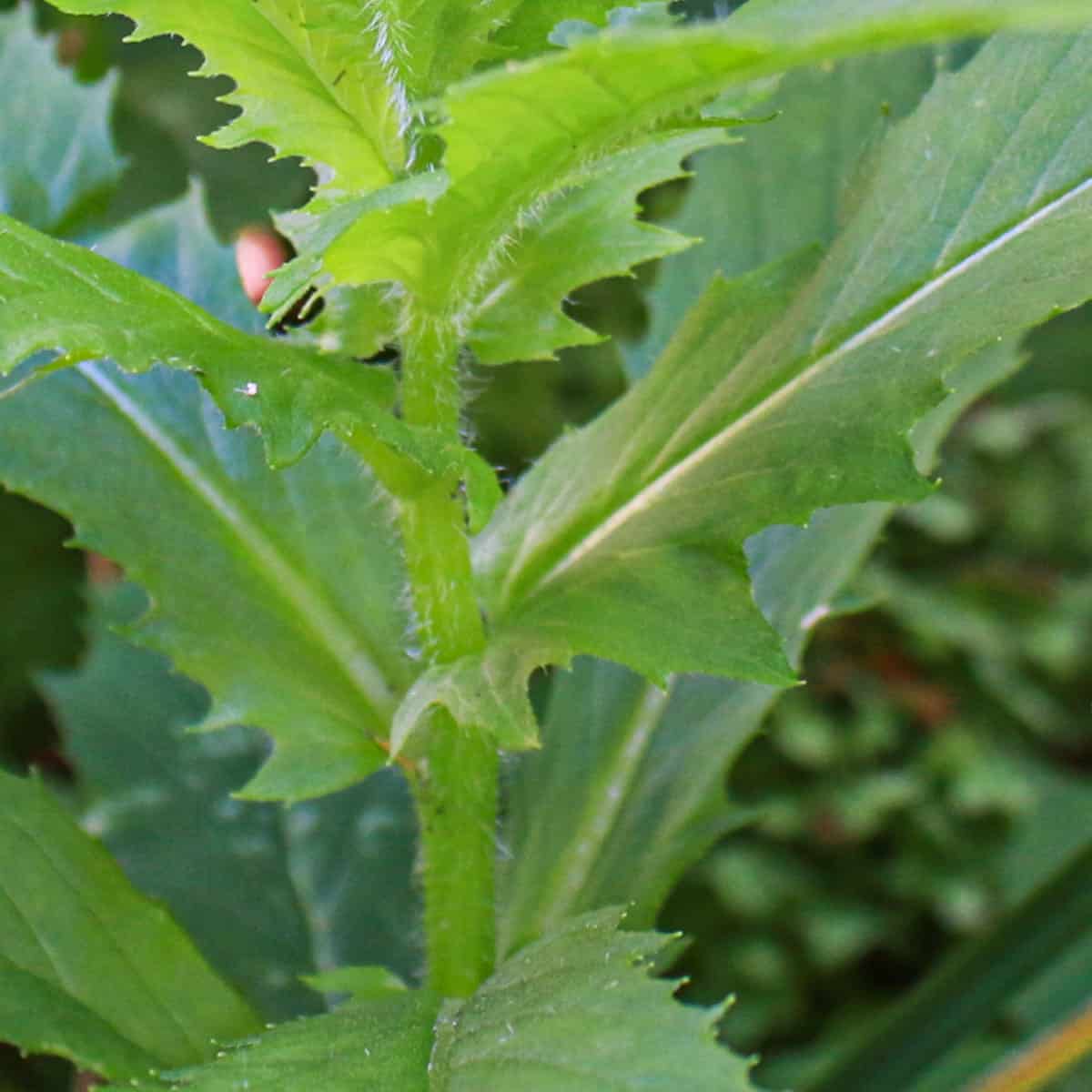
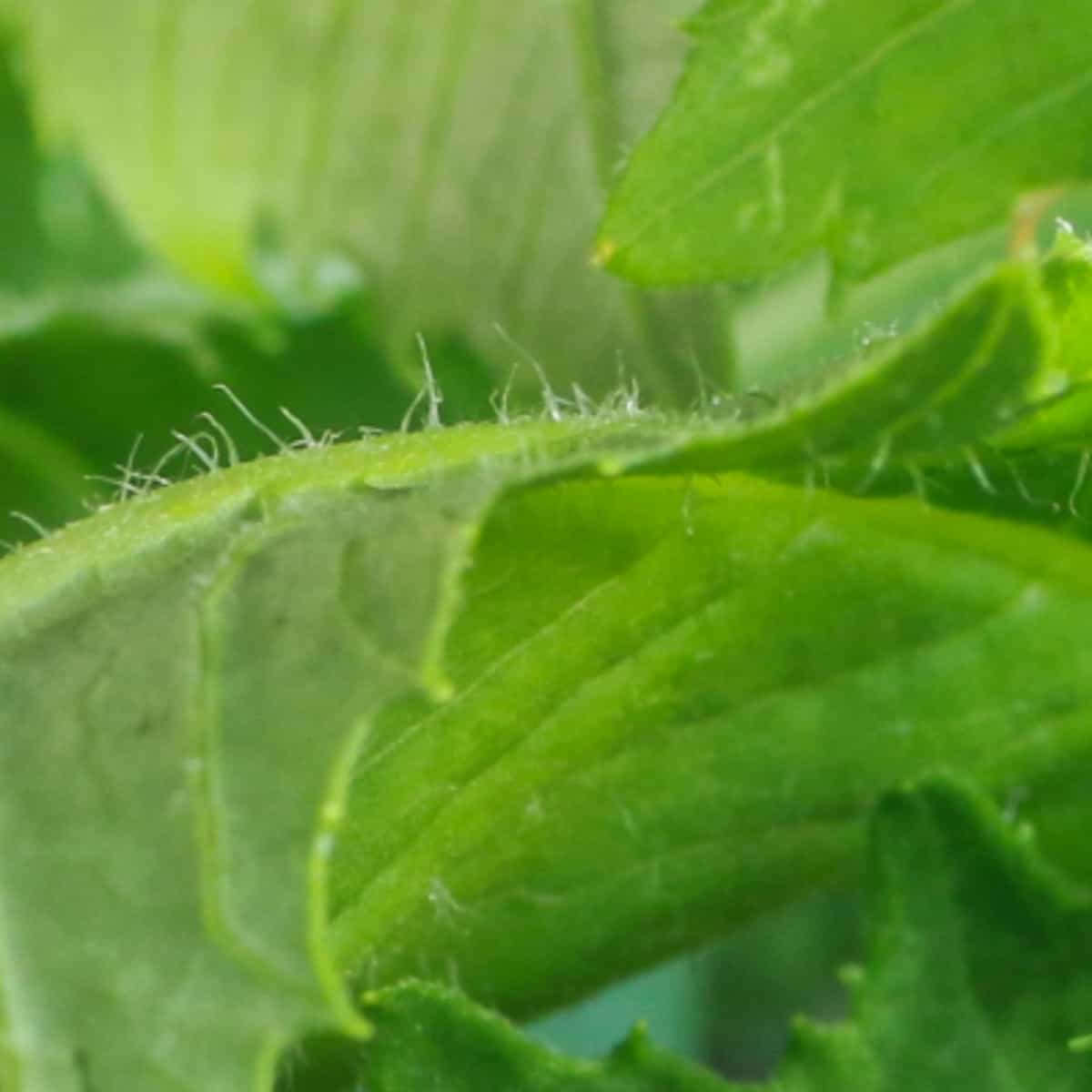
Removal
If you prefer not to have the plant around, it's easy to remove. It has a shallow root system with a short taproot, so you can remove them by hand. Ideally, the plants should be removed before the flowers bloom.
The wind-dispersed seeds are borne on silvery hairs visible when the flowers bloom. You can also remove the plant with herbicides, but I hardly think that's necessary.
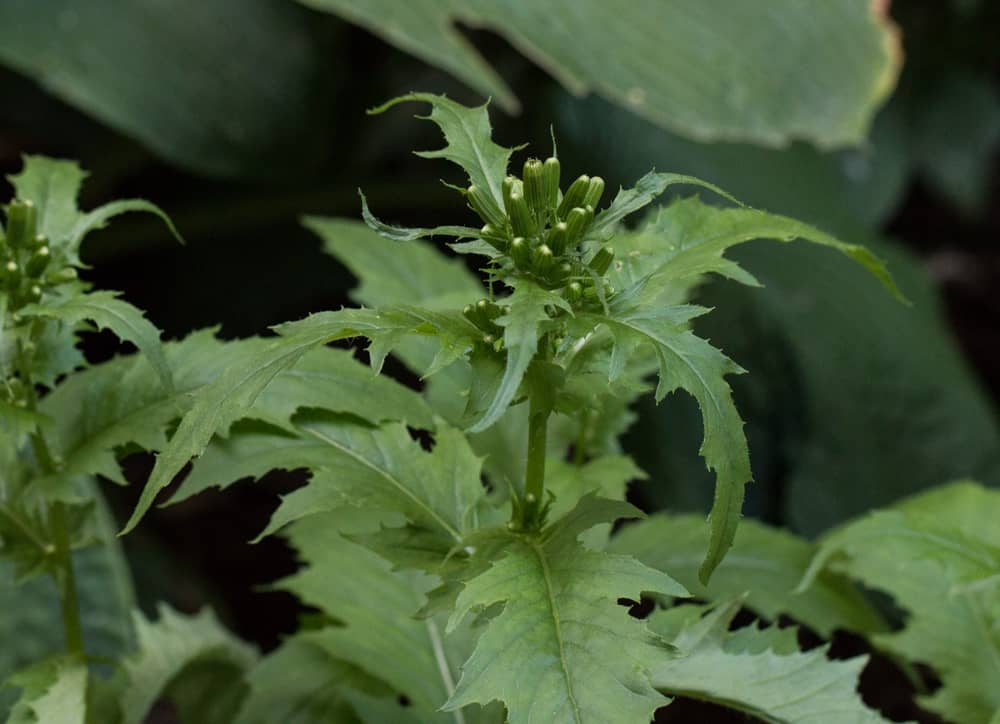
Cooking
The flavor is intense. Some asters have a strong flavor that is just too much, like giant ragweed. Generally with plants I want to eat, I want them mild tasting, or slightly bitter.
Use fireweed like an herb
My friend Marie Viljeon posted about eating the plant as an herb in mango salad recipe in her new book "Forage Harvest Feast".
I grabbed a mango and a couple leaves of fireweed from a neighbors yard, and put them together. It was a perfect match. The aster flavor is never going to be pleasant as a cooked green, but as an herb it's genius.

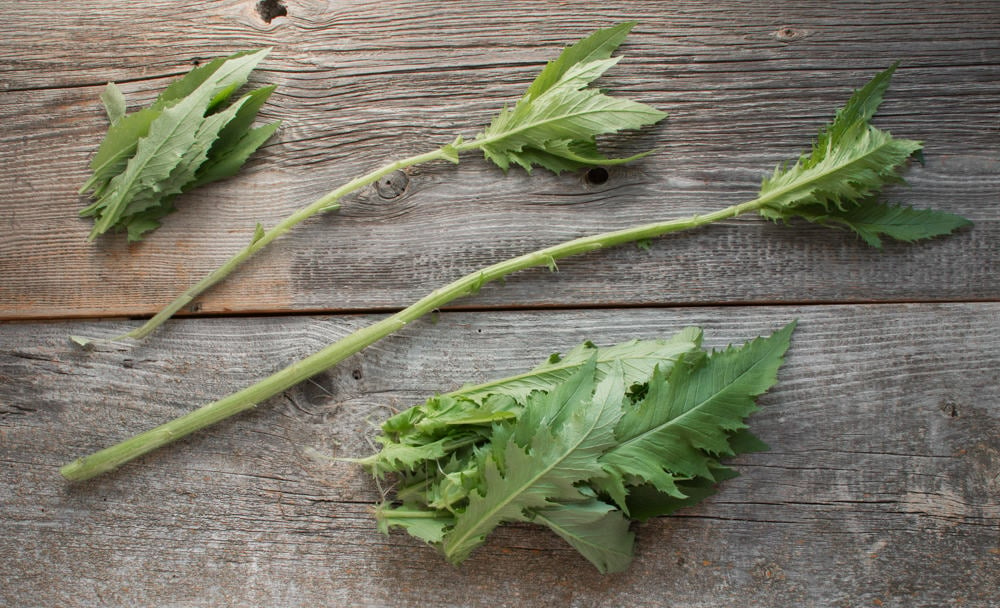
The bright, herbal taste comes compliments sweet fruit. Then, add a little fish sauce and olive oil and you have a pretty cool mango salad.

I found that the fruits that I liked best with the herbaceous flavor were similar to mangoes: sunbelt fruit, ripe, juicy fruit bordering on tropical. Peaches, pineapple, guava, and watermelon will all be good.
Here's my favorite salad recipe so far. If you haven't had peaches and tomatoes together, give them a shot, it's a great change of pace when they're a bunch of both of them around in the late summer.
General Cooking
- With a plant that has such a powerful flavor, I found I like the young, tender plants the best. Young plants allowed me to use whole leaves and young, tender flower buds, all in small amounts.
- I have only been using the plant raw, I thought it was under-whelming cooked.
- Don't bother trying to dry it like other herbs: it doesn't keep much flavor.

Heirloom Tomato-Colorado Peach Salad with Fireweed
Ingredients
- Equal parts ripe tomatoes and peaches
- Kosher salt and fresh ground black pepper
- Leaves of fireweed to taste
- Red onion shaved as thin as possible, to taste
- Virgin sunflower oil extra virgin olive oil, or another finishing oil you like
Instructions
- Combine all ingredients just before serving. Double check the seasoning for salt, herbs and oil and adjust as needed, then serve immediately before the tomatoes begin to weep their juice.


Lee William Sorensen
Should I wear gloves when handling so I don't itch everywhere?
Not sure I want to eat this raw?
Alan Bergo
There is no need to wear gloves, unless you're allergic to it, which I've not heard of with this plant.
Kristina Cullen
I think the crushed leaves smell like Dyptique 34 Rue Saint Germain. When the stems are large peel and eat like cucumber!
Alan Bergo
They smell so interesting. And odd. And kinda soapy. Good idea on the stems!
Michelle anderson
Thank you I've got two tall plants. Will try the cucumber stem suggestion
Jeremiah McGillicuddy
honestly I haven't tried the recipe but it does sound like a good incorporation. "And yes I'm very familiar with the line."
I actually "Google lensed" One that I had just pulled out this afternoon. after a few days of finding them all over the place in my beds. I was looking them up cuz I was worried they were an invasive species. But hey if it's edible can't be that bad to have around. It does seem strange to me that this is the first year I've ever seen these on my property and I've lived here since 2016. And I am very much a landscaping yard maintenance kind of person. (So you think I would have noticed them before 🤷🏻♂️). anyway thanks for your great article easy read yet informative.
warmest regards, Jeremiah. +Marlborough Massachusetts.
Alan Bergo
Thanks Jeremiah.
Jessi
I've found them in my gardens and beds too, this year only! I had that immediate "that looks edible" moment, and checked it with plantin. Since then, quite a few more plants have popped up, and I've decided to finally listen to whatever force is sending so many to me, and use them for something.
L Prince
One has appeared in my Maryland yard also. I've never seen the plant before, & like you, I'm very conscious of what's growing around me. Decades ago, when I lived in Missouri, I used to burn my garden off in later winter, & I don't remember them there either. Even while being distinctly weedy-looking, the plant has a great presence about itself, which is why I've let it keep going. Mysterious.
Erica
Kinda coincidental, I'm in North Carolina and this is the first year I have seen one. I had no idea what it was. The first search I did it came up as fireweed. Although, that's not what it is (they have a beautiful pinkish purple flower) I'm very interested in the edible aspect of this plant!!!!
Alan Bergo
Thanks Erica. It's really out in force right now in a few disturbed areas by me. I need to get some seeds for my garden. I like having a couple around.
Dorothy
Jeremiah, I have many this year. It is the first year I have seen them, too. Lynnfield, Mass.
Sherry
I thought this plants oils are an emetic purgative to induce vomiting?
Alan Bergo
I like to eat it with fruit. Other foraging authors also cook with this plant.
Ismeo
Great dish
Alan Bergo
Thanks.
Martina Aurian-Blajeni
I have lots of burnweed plants in my garden. And i was wondering how I can use them other than in salad.
I have never tried it so I'll give it a shot.
Alan Bergo
Thanks for commenting Martina.
Dave Hedlund
I tried this a couple days ago and it was excellent! I didn't have red onion and cut everything a little smaller so you could eat it with a spoon. Very tasty with lots of visual appeal!
Laura Hartmark
This is great. Thank you!
Terri
For all your information we have these growing new after some trees were chopped down it's very interesting that they are edible might have to come out here and make a little snack to add to my salad one day